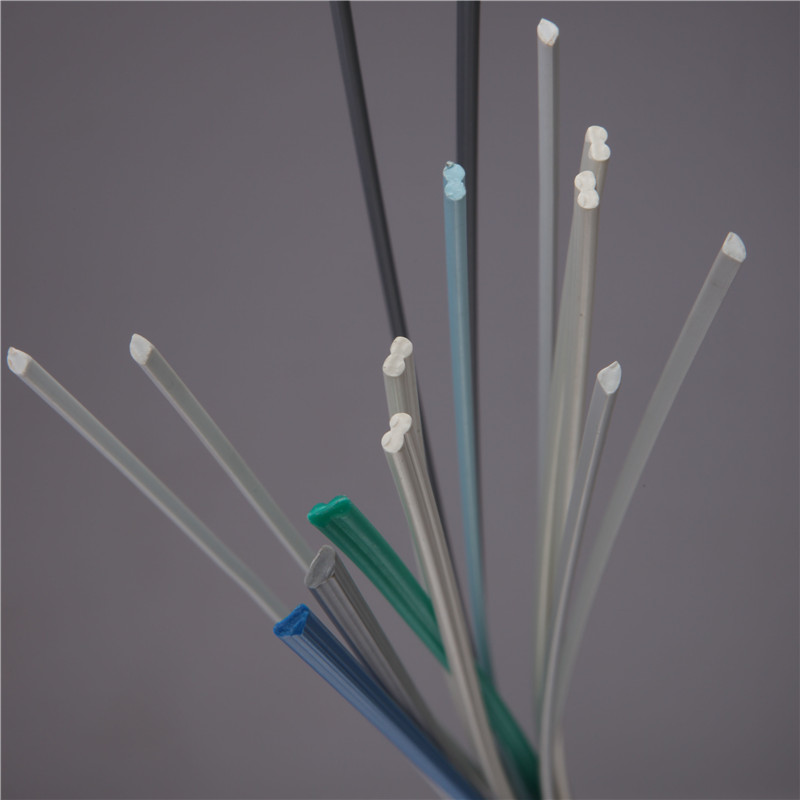ഡിസം . 18, 2024 11:09 Back to list
hdpe welding rod
Understanding HDPE Welding Rods Applications and Best Practices
High-Density Polyethylene (HDPE) is one of the most widely used thermoplastics in the world, known for its high strength-to-density ratio, resistance to impact, and excellent chemical stability. Among the various forms of HDPE, one of the most significant applications involves the use of HDPE welding rods, which are essential for the welding and joining of HDPE materials in various industries. This article explores the importance of HDPE welding rods, their applications, and some best practices for effective welding.
What are HDPE Welding Rods?
HDPE welding rods are specifically designed for the purpose of joining HDPE surfaces through heat welding techniques, such as extrusion welding or socket welding. These rods are typically made from the same high-quality HDPE material, ensuring compatibility with the base materials being welded. The welding process essentially melts the rod and the base material, allowing them to fuse together upon cooling. The resulting bond is strong, durable, and resistant to various environmental factors.
Applications of HDPE Welding Rods
The versatility of HDPE welding rods makes them suitable for a wide range of applications
1. Industrial Fabrication HDPE is prevalent in industrial applications, including manufacturing tanks, pipes, and containers due to its chemical resistance and durability. Welding rods are crucial for assembling these products.
2. Construction In construction, HDPE is often used for waterproofing membranes, geomembranes, and liners in landfills and ponds. Efficient welding techniques are necessary to ensure these structures are sealed properly to prevent leaks.
3. Agriculture HDPE welding rods are also used in agricultural applications, such as the construction of irrigation systems where robust, leak-proof connections are vital to prevent water loss.
4. Aquaculture In fish farming, HDPE fabrics combined with welding rods create liner systems that promote optimal water conditions while preventing contamination from the surrounding environment.
5. Waste Management HDPE is used extensively in waste management for creating durable bins and containers. Welding rods help ensure that these containers are sealed securely and can withstand harsh operating conditions.
hdpe welding rod

Best Practices for Welding with HDPE Rods
To achieve optimal results when welding with HDPE rods, it is essential to follow some best practices
1. Surface Preparation Ensure that the surfaces to be welded are clean and free from contaminants such as dirt, oils, or moisture. Effective cleaning leads to a better bonding surface and stronger welds.
2. Temperature Control HDPE welding requires precise temperature management. The welding rod, as well as the surfaces being joined, should reach the appropriate melting temperature (typically around 200-220°C or 392-428°F) to ensure effective fusion.
3. Proper Equipment Using the right welding equipment is crucial. Extrusion welders, hot air welders, or infrared welders are popular choices for HDPE welding. Each method has specific advantages, so selecting the proper tool for the application will enhance overall efficiency.
4. Speed and Technique The speed at which you weld impacts the quality of the bond. A consistent and moderate welding speed ensures adequate melting while avoiding overheating, which can lead to weak joins or warping.
5. Cooling Time After welding, allowing sufficient cooling time before applying any pressure or load to the joint is critical. Rapid cooling can cause stress and affect the integrity of the weld.
6. Testing and Inspection Post-welding inspections should always be performed to check for defects. Non-destructive testing methods can detect weak spots or inconsistencies in the weld configuration.
Conclusion
HDPE welding rods play a pivotal role in various industries by providing the means to create strong, durable joints between HDPE materials. Understanding their applications and adhering to best practices during the welding process can significantly enhance the quality and longevity of the resulting products. Whether in industrial fabrication, construction, agriculture, or waste management, the proper use of HDPE welding rods ensures the reliability and effectiveness of critical applications in our economy and environment.
-
Durable Glossy PVC Rigid Sheet | Premium High-Shine Panels
NewsAug.26,2025
-
Durable PP Rigid Sheet: Lightweight, Chemical Resistant Solutions
NewsAug.21,2025
-
PVC Grey Sheet for Extraction: Chemical Resistant & Durable
NewsAug.19,2025
-
Durable PVC Pipe Fittings for Plumbing & Irrigation Needs
NewsAug.18,2025
-
HDPE Steel Belt Reinforced Spiral Corrugated Pipe | High Strength
NewsAug.17,2025
-
HDPE Pipe Fittings: Durable, Leak-Proof Solutions
NewsAug.16,2025

